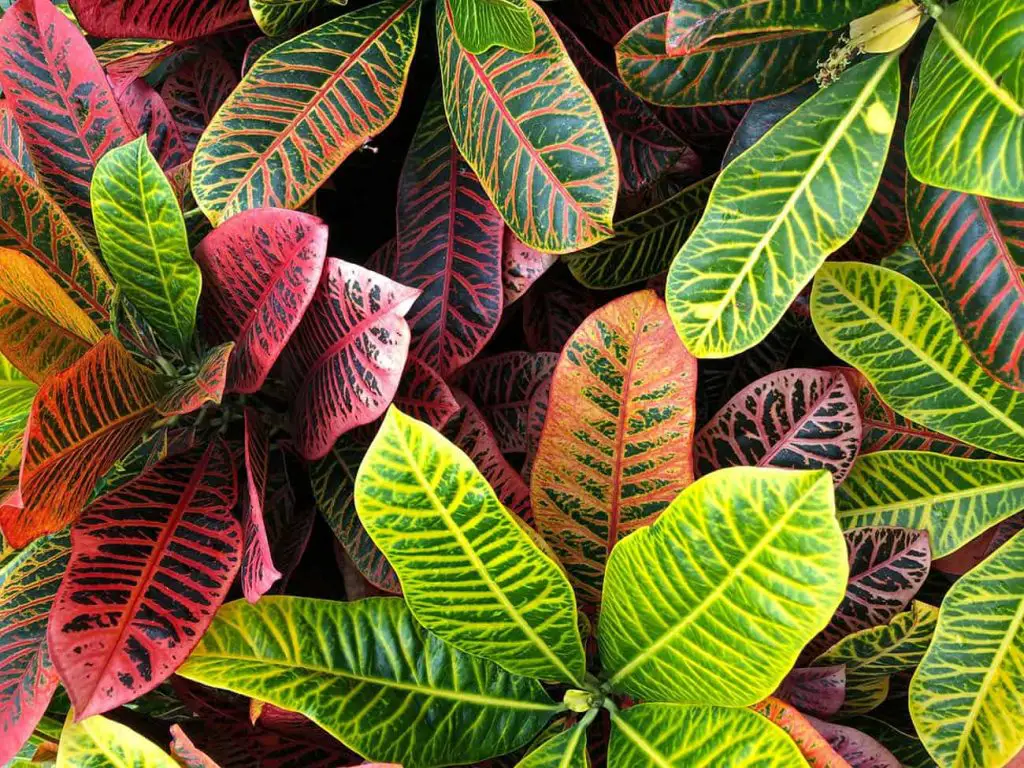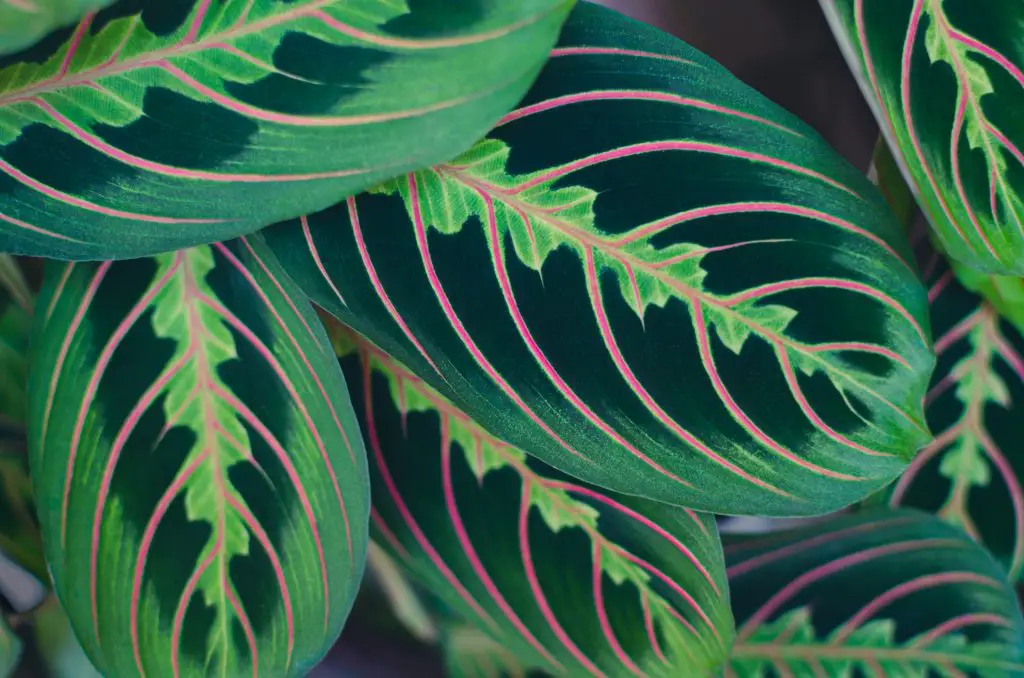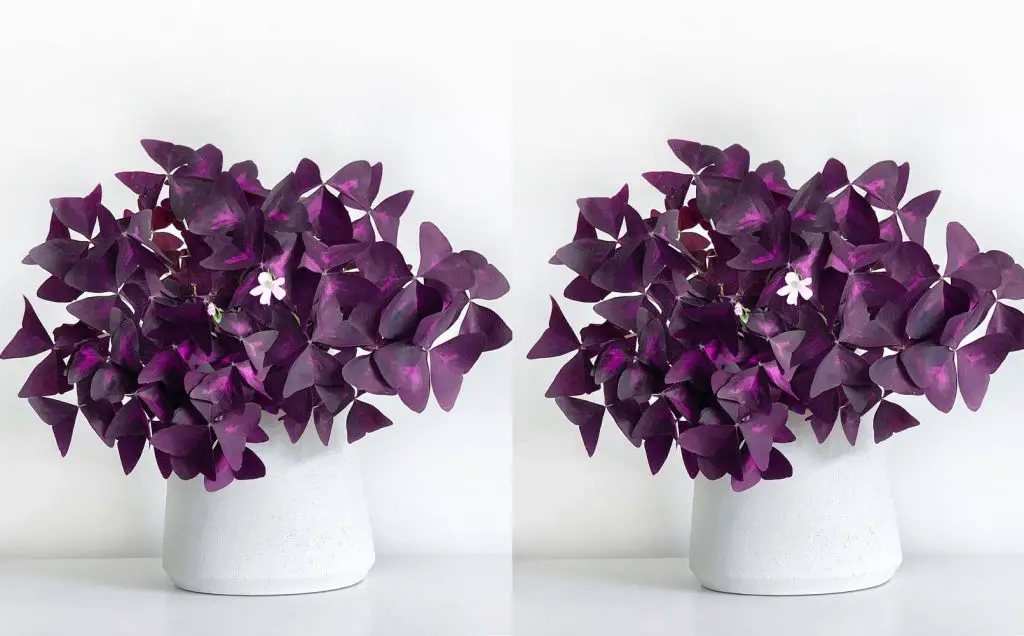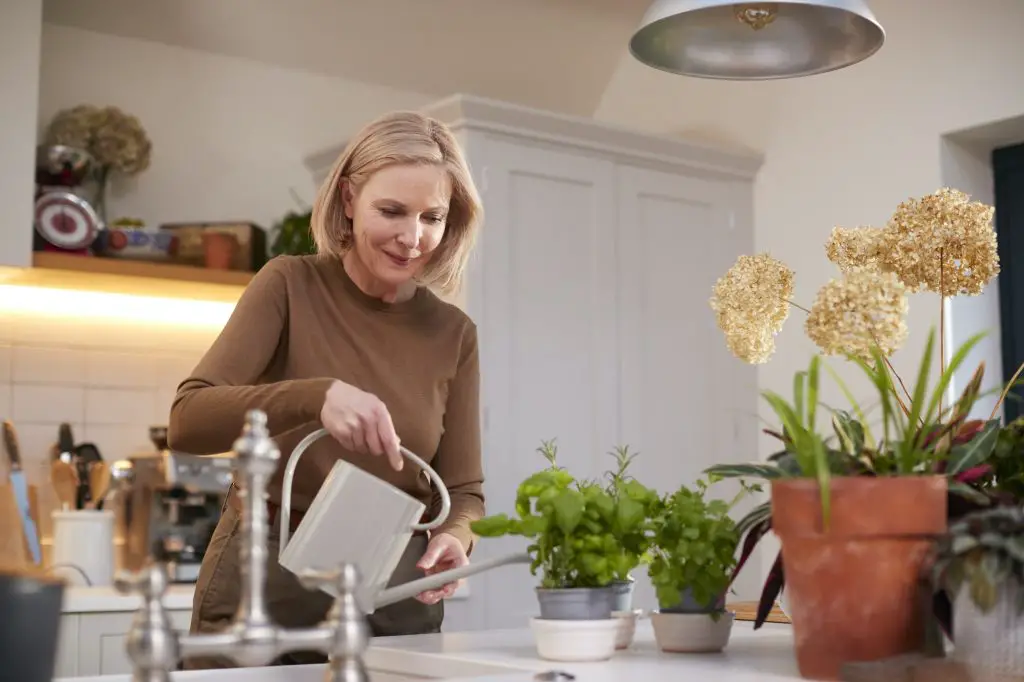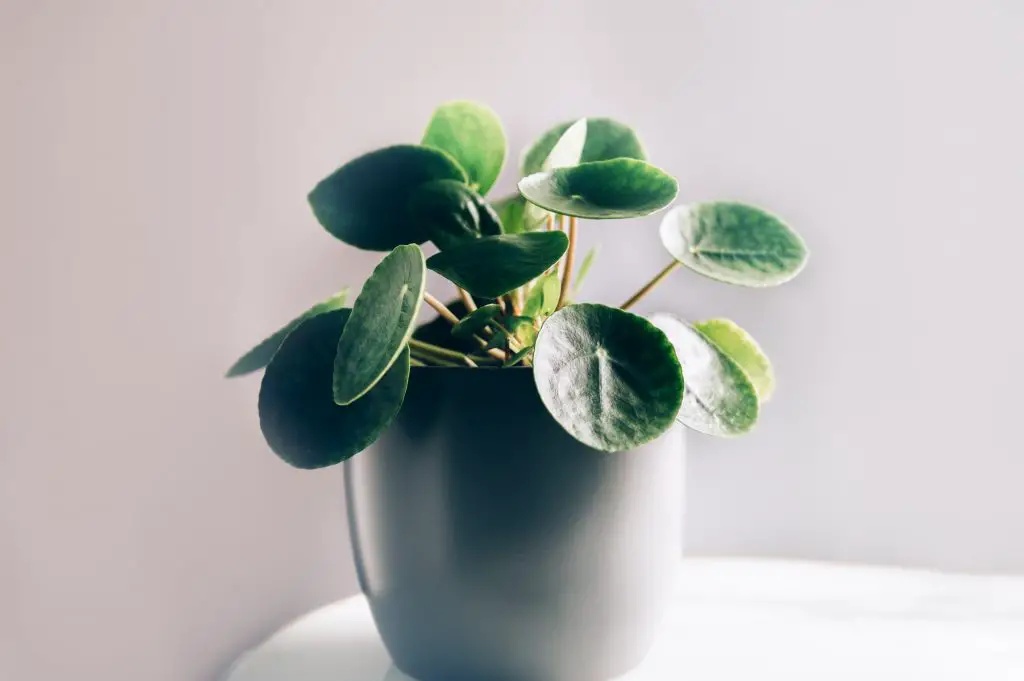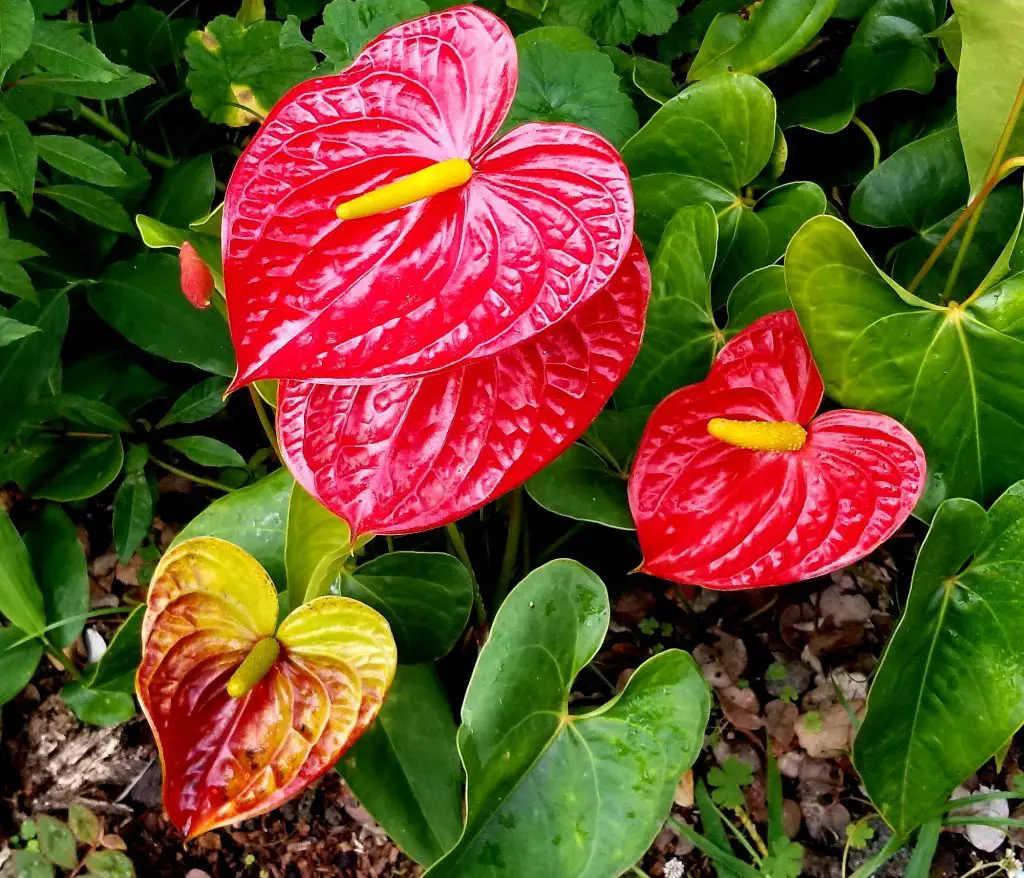The bright colors of crotons are what attract its growers.
Their striking yellow-striped, red, orange leaves sometimes purple and white striped make this house plant enthralling and a favorite amongst house plant growers.
Dealing with crotons losing their bright colors can be somewhat frustrating and discouraging. It can be disappointing to notice your crotons not giving off the radiant colors expected of them. This article is a complete guide to identifying reasons crotons lose their colors and how to make croton plants more colorful.
Table of Contents
Why are my croton plants losing their colors?
If your crotons are producing dull colors, it is an indication that the foliage appearance has been affected. Various factors contribute to crotons losing their colors, they include:
1. Insufficient lighting
This remains one of the major factors responsible for crotons losing their bright colors. Crotons need a lot of bright light to give off their alluring colors. They thrive in direct sunlight and research has it crotons benefit from 4 to 5 hours of sunlight.
The fastest way to destroy the foliage appearance of your plant is to deprive it of the adequate amount of sunlight it needs. Although some crotons require more shade than others, generally, crotons require bright light to survive and exude their brilliant colors.

If grown indoors, place the pot or container in a location where it would receive sufficient sunlight; a location beside the window is often recommended. Using fluorescent lamps would also suffice.
On the other hand, crotons receiving too much bright sunlight would affect the foliage appearance: this is usually identified by grey patches appearing on the plant. When this happens, provide shade for the plant.
2. Balanced fertilizing
Crotons would benefit from being underfed with fertilizers than being overfed with fertilizers.
Some fertilizers contain many chemicals and when this comes in contact with the root of the croton frequently, it could cause more harm than good for the croton. Over-fertilizing affects the colors of croton plants.
3. Weather conditions
A low humid environment is an ideal environment for croton to grow perfectly. Warm weather conditions are best for crotons since they are tropical plants.
Growing your crotons in unsuitable regions may take a toll on the foliage appearance and the colors would begin to fade. Humidifiers are recommended when the weather conditions are not appropriate for the plants.
4. Watering
As much as watering is vital to the proper growth and survival of a croton plant, much of the problem originating from watering is overwatering the plant. Overwatering the plant causes stem rot which often affects the foliage appearance.
5. Infestations
Heavily infested leaves often lose their colors. If infestation is mild, you could spray water on the croton plants to disperse plants or bugs.
You could also make use of alcohol swabs to clean the plants or make use of insecticidal soaps. If infestation is severe, remove infected plants from the healthy plants.
How do you make your croton plants more colorful?
These are some ways to make crotons more colorful.
1. Consider soil transplant
If you have identified the reason your croton plants are producing dull colors or the leaves becoming faded is due to over-fertilizing, it is recommended that you change the soil of your plant. Changing soil does not imply that you change the environment too.
Remember, crotons do not do well with shocks from environmental change so you may need to take extra measures when transplanting. After successfully transplanting, do not add fertilizer to the new soil for about a month to allow your crotons to recover from being overfed with fertilizers.
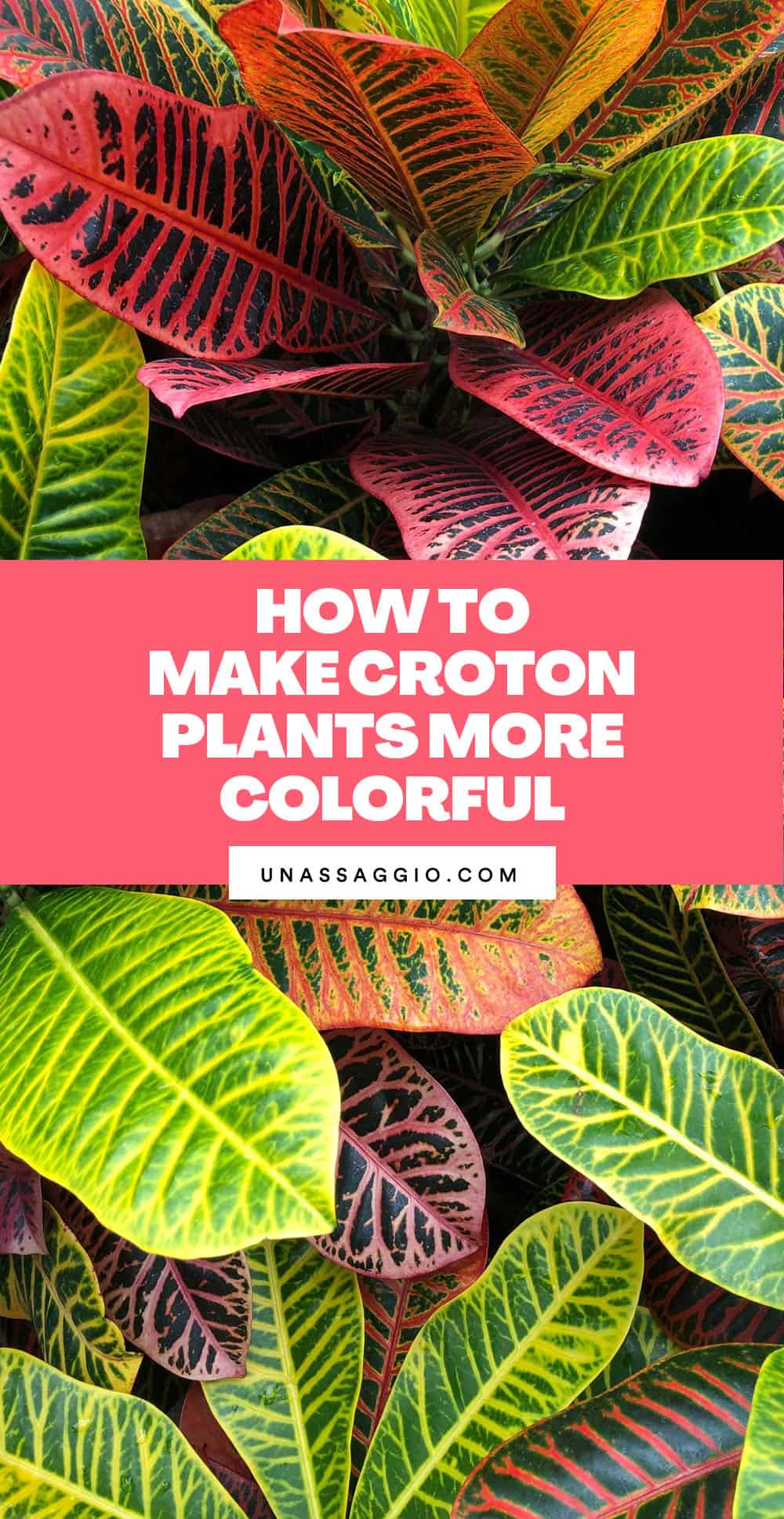
2. Provide adequate lighting for your croton
If lighting falls on the low side, provide more bright light for the sun. If the croton plant has been deprived of bright light for too long, you may need to keep it in a location where it gets about 6 to 7 hours of sunlight for a while.
If lighting falls on the high side, provide shades for the croton plant to prevent it from receiving too much direct sunlight.
3. Combat infestations upon detection
Make use of insecticidal soaps or remove infected plants if an infestation is severe.
4. Modify your schedule to cater to the watering needs of the plant
If deprived of water for too long, frequently water the plant although keeping in mind that the soil must always be moist and not soggy. If the croton plant has been overwatered for too long, reduce watering and allow the roots to recover.
If you want your croton plants to be more colorful and none of the reasons mentioned above can be attributed to the state of the foliage appearance, nitrogen-based fertilizers would help provide nutrients that would boost the foliage appearance of the plant
Additional Tips to Make Your Croton Plants Colorful
- Provide shade if the croton plant is receiving too much bright sunlight. This should be done when leaves start having grey patches.
- Study the fertilizer to be used and verify the amount needed for the plant per time
- Keep the plant away from drafty locations, air conditioners, and heater vents.
- Clean the leaves regularly; cleaning rids the croton plant of accumulated dust or fog that might have settled on the plant and thus helps enhance the color of the plant.
- Avoid fertilizing during the winter and fall months. Crotons prepare for these seasons by becoming harder, fertilizing them during these periods causing them to be tender to withstand the weather conditions of these seasons.
On a final note
Although, croton plants losing colors may be discouraging, adopting the preventive and recovery measures would help your croton plants recover their bright colors once again. Give your crotons time and in a short while their vibrant colors would be pronounced for all to see.

